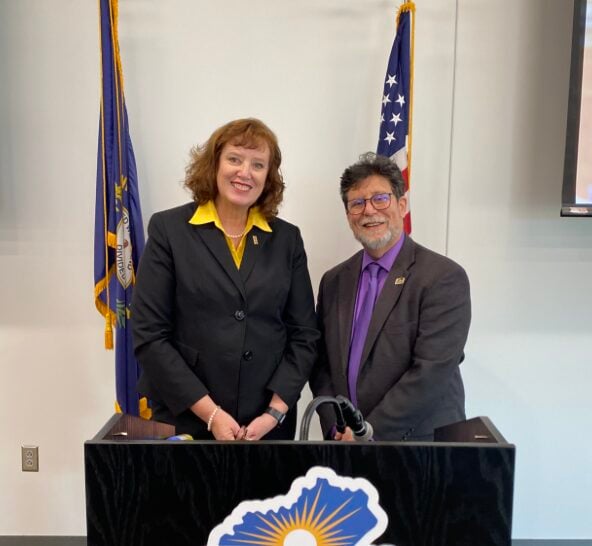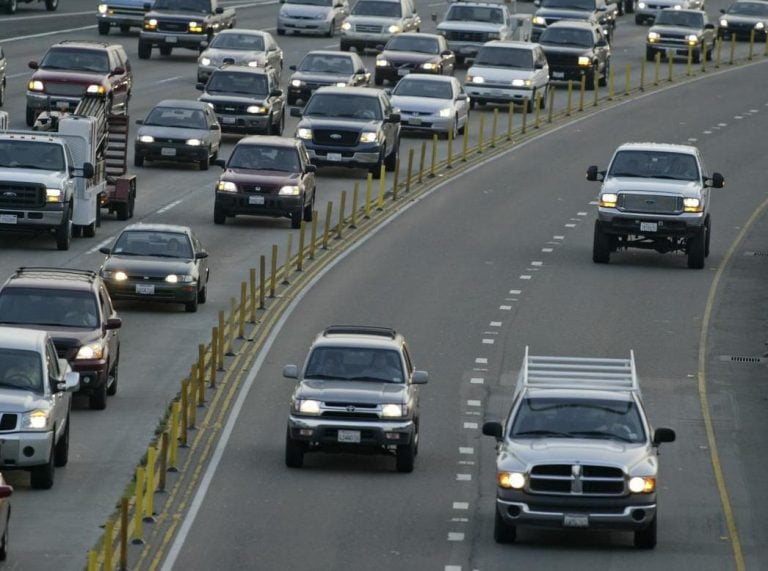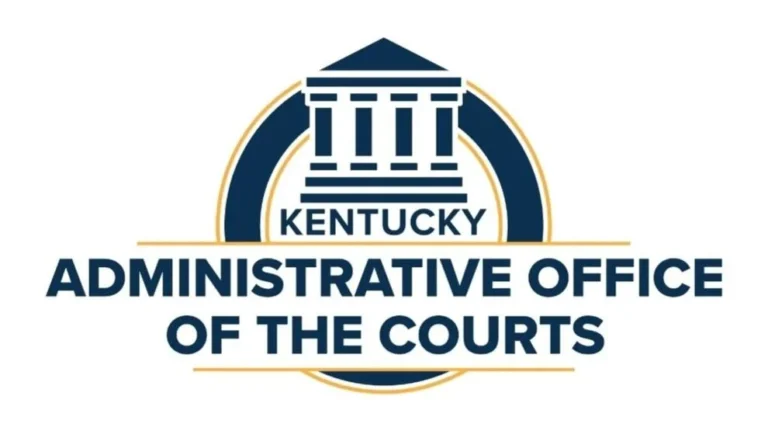Imagine it’s spring break or the annual family summer vacation. You and your family are all up packed and filled with excitement. You have been driving now on the road for several hours.
You hit the wall and it is time to find a place to crash or you had preplanned ahead and booked a hotel room ahead of time. Amenities are on the low end of the priority list. All you want is enough room, beds, and space for everybody to crash at a reasonable rate.
But as you lay down to sleep the unthinkable happens. Tragedy strikes as the silent invisible killer carbon monoxide creeps into your room and half of your family never wakes.

At some point you have probably seen or read a headline about a hotel stay gone terribly wrong due to carbon monoxide poisoning. I can say that I have never paused to wonder if I was putting myself or a family member’s life on the line from CO poisoning while staying at a hotel, but this rare occurrence does happen.
It is hard to assess exactly just how frequently this actually occurs in hotels and motels because there isn’t any complete clearinghouse on CO poisoning.
In a report at pubmed.com Carbon Monoxide Poisonings In Hotels And Motels: The Problem Silently Continues, it stated that “from January 1, 2005 to December 31, 2018, 905 guests were poisoned in 115 identified incidents, including 22 fatalities. Children represented 16% of those poisoned and 27% of fatalities.” Many incidents go unreported however.
These incidents occur in all types of hotels and motels. This silent killer has visited many reputable well-known hotel chains across the country. Sometimes such incidents of poisoning will not even make the news. I even found one incident in a Yelp review in which two people were rushed to a hospital in Des Moines, Iowa from a chain hotel where I have often stayed overnight.
So how do hotel carbon monoxide poisonings occur? CO is a colorless, odorless, and tasteless toxic gas produced by incomplete combustion in fuel-burning devices appliances, equipment, and vehicles. Its molecules are small and can easily travel through drywall. They do not sink or rise and easily mix with air inside a room as undetectable without a monitor.
 Keven Moore works in risk management services. He has a bachelor’s degree from the University of Kentucky, a master’s from Eastern Kentucky University and 25-plus years of experience in the safety and insurance profession. He is also an expert witness. He lives in Lexington with his family and works out of both Lexington and Northern Kentucky. Keven can be reached at kmoore@roeding.com
Keven Moore works in risk management services. He has a bachelor’s degree from the University of Kentucky, a master’s from Eastern Kentucky University and 25-plus years of experience in the safety and insurance profession. He is also an expert witness. He lives in Lexington with his family and works out of both Lexington and Northern Kentucky. Keven can be reached at kmoore@roeding.comAccording to an article in carbonmonoxide.com for carbon monoxide poisoning to occur, there must be incomplete combustion of the natural gas fuel which is used in the hotel in appliances that are used to generate heat, whether that be to heat rooms or water. In order for carbon monoxide to build up inside the breathable air (ambient air) in a hotel, incomplete combustion must have occurred in one of the fuel-burning appliances.
Incomplete combustion, natural gas, and oxygen combust to create two by-products, H2O and CO2. With incomplete combustion, the byproducts will also include carbon monoxide, CO, and unburned hydrocarbons.
In our homes, we think of furnaces, hot water heaters, fireplaces stoves, and secondary heat sources brought into the home when the power goes out as some of the more common sources for CO poisoning. Hotel boiler or furnace units are designed to move the air through the units in such a way that if the exhaust is not completely vented outside, it will create back-pressure to the flame. Back-pressure to the flame also called negative pressure will cause incomplete combustion, which creates CO.
The creation of CO in the exhaust alone, isn’t a life-threatening problem initially, as long as all of that exhaust is vented outside. However, if CO is being created in the exhaust, it will also come with excess water vapor and other under burned hydrocarbons, which will over time create severe corrosion inside the exhaust piping. A breach in an exhaust pipe that has high concentrations of CO, will cause a rapid increase in carbon monoxide in the ambient air of the hotel.
Making venting problems even more serious is that when there is a breach caused by this corrosion, it reduces exhaust pressure, further increasing the amount of carbon monoxide in the escaping exhaust.
Hotel CO poisoning comes potentially can come from a variety of sources:
• The system used to heat the water that is used by guests in bathrooms, for things like showers and used by the hotel staff for laundry, this is referred to as domestic hot water,
• The HVAC system or boilers to heat the room or common areas of the hotel,
• Pool heaters used to heat the hotel pool,
• Gas-fired commercial clothing dryers, and
• Automotive exhaust from outdoor idling vehicles.
Over the years many states have implemented legislation to address carbon monoxide detectors in homes, apartment building, and other types of family dwellings. Since 2011, Kentucky law has required CO detectors in newly constructed one and two-family dwellings, townhomes less than three stories, apartment buildings, dormitories, adult/childcare facilities, and assisted living facilities which contain a fuel-burning appliance or an attached garage.
But only 14 states across the US are requiring the installation of carbon monoxide detectors in hotels and motels under state statutes. Sadly, Kentucky is not one of them, and Tennessee is the only neighboring state that does.
It will probably take a tragedy or a series of tragedies before Kentucky state legislators come to their senses and propose a law requiring all hotels and motels. Even Airbnb locations are equipped with CO detector.
It just makes sense. The costs of installing these monitors would be to replace the existing hard-wired smoke detectors with a system that monitors both Smoke and CO.
The lack of carbon monoxide regulations for hotels and motels is partially due to the 2015 International building and fire codes which eliminated the requirement for a carbon monoxide alarm in every guest room and in all common areas. While the codes are not binding on states and municipalities, most will adopt them — or a modified version of them—within six years of the publication date.
These international codes require hotels to install carbon monoxide alarms near a furnace, water heater, or other fuel-burning devices that could malfunction and emit carbon monoxide fumes. Unfortunately, there are many instances in which a malfunctioning device in a motel or hotel resulted in carbon monoxide exposure to those staying in a hotel or motel.
Since insurance carriers have been underwriting these subsequent poisoning incidents and wrongful death claims, many have not waited for the state legislators to catch up to the sign of the times. Many of these incidents and subsequent claims are expensive and will blow past the hotel’s $1M liability and pierce the umbrella policy.
As a result, insurance carriers are underwriting for this exposure and are sending out their risk control inspectors to inspect and make recommendations to install CO monitors in all the enclosed spaces within the hotels and motels that they insure. Failing to do so can cause these insured to be non-renewed on their policy or force them to pay higher premiums to offset this risk exposure to the carriers.
In addition to installing CO detectors, every hotel should establish preventative maintenance schedules to properly maintain and inspect CO emitting equipment and their ventilation systems. They should also provide the necessary training education to their staff and especially their maintenance staff. Hotels should have knowledgeable engineers on staff and contract out maintenance of HVAC systems. Hotel franchisors need to fully understand the risk of CO poisoning and take a proactive stance to protect the guests who are sleeping in their hotels.
As a guest there are few things that you can do as well to better ensure your safety from CO poisoning:
• Stay only at hotels and motels that have dual smoke CO monitors, preferably hardwired to the fire alarm system. You should inquire before you make your reservation.
• Carry your own portable CO monitor when you are traveling. This makes for a nice gift for those family members or friends who travel often. They can be found at your local department store or online for a low as $20. But remember the more you spend the more reliable and sensitive they become.
• Request a room far away from mechanical rooms, laundry, and pool heaters.
• Avoid first-floor level where an idling vehicle may be parked dangerously close to your room.
In essence, it is like with anything else you do in life; you must rely on your survival instincts and assess every situation for your protection. You should be able to depend on others for your safety and yes, it is their duty as a business owner, but you still should never rely solely on somebody else to keep you safe.
Be Safe My Friend!






















It’s worth mentioning too that aerosol carbon monoxide is available online, as well as in some stores. In these times we live, we all need to be on high alert.
If you feel dizzy after entering your hotel room – even if you’ve been in it a few minutes, ask for your room to be changed.